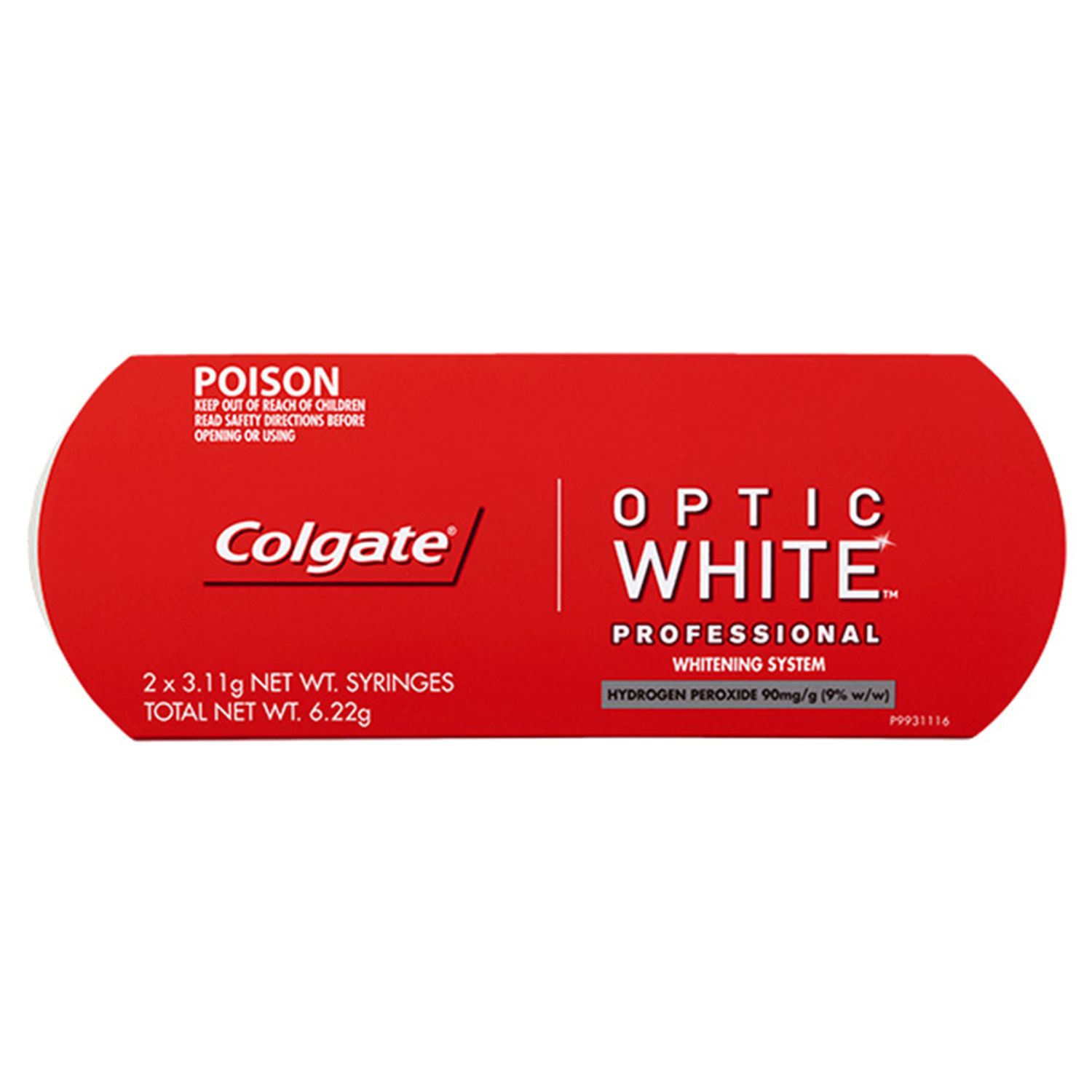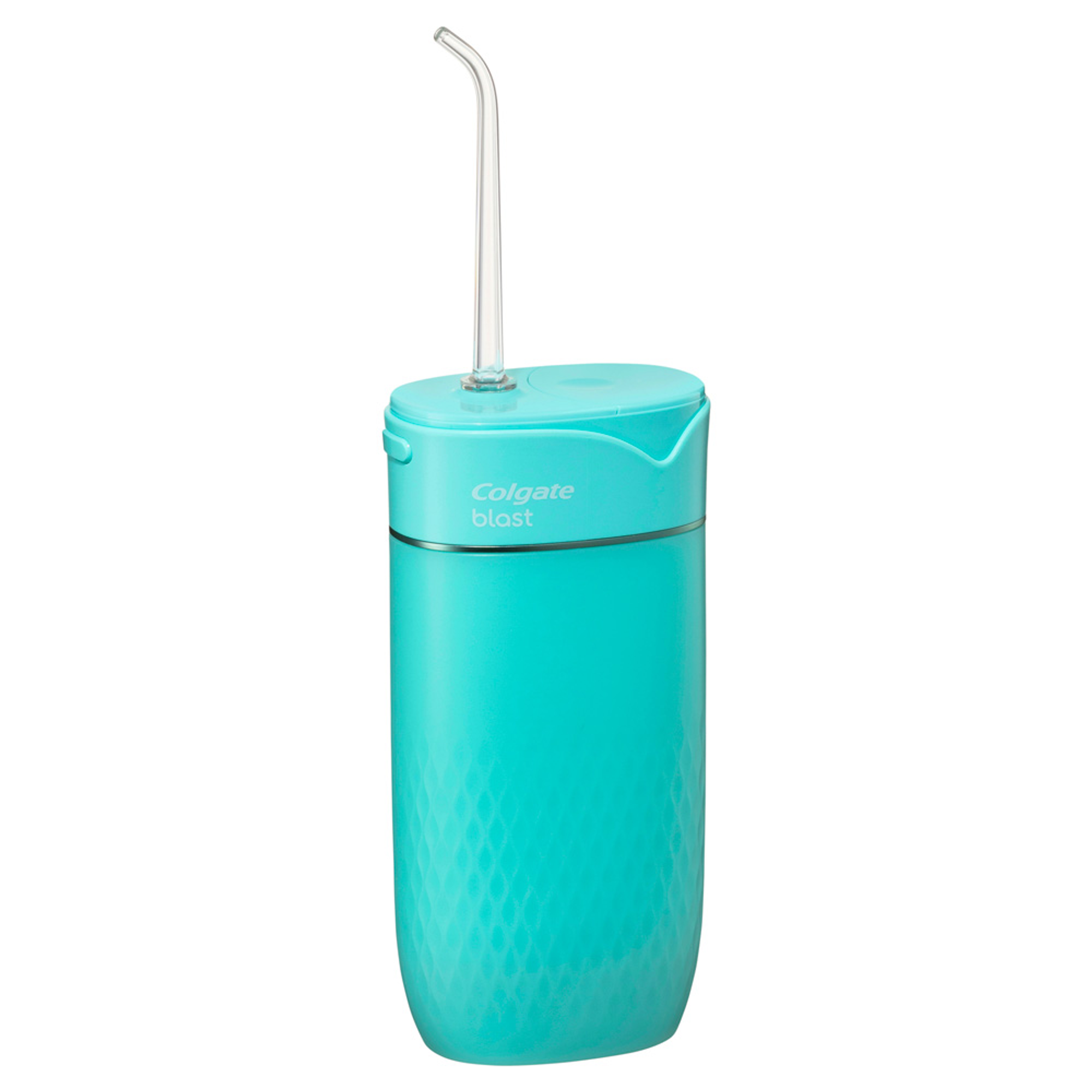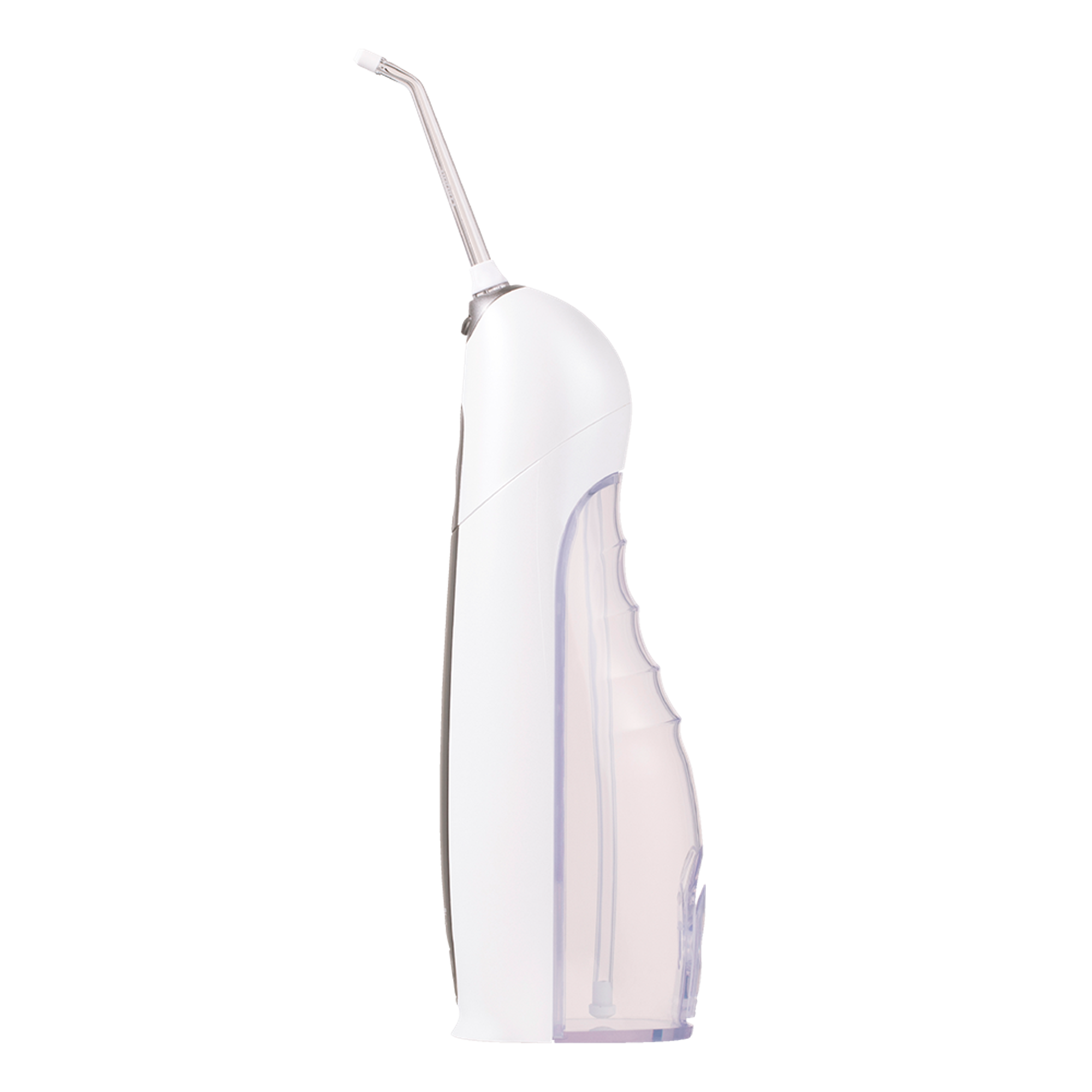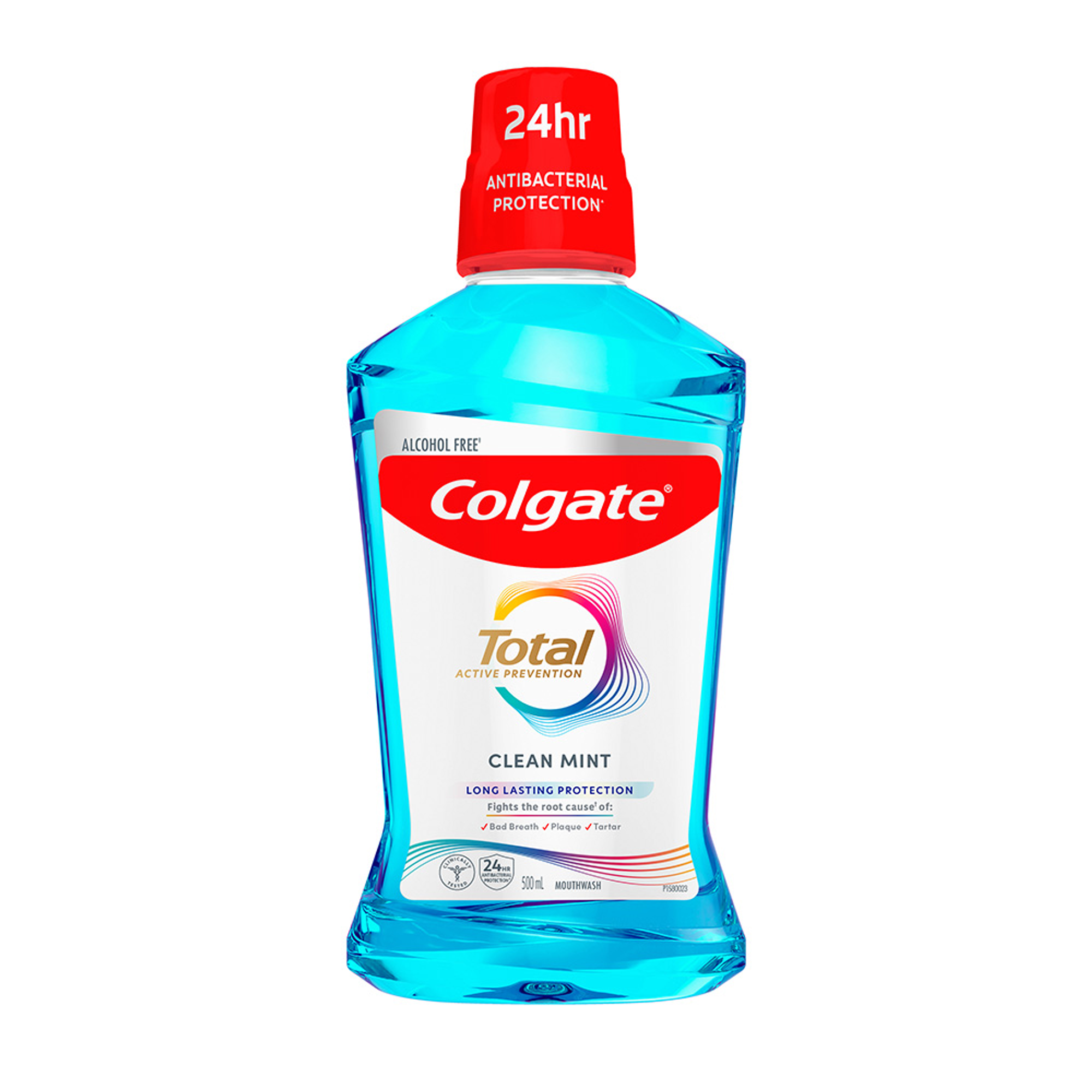
Teeth whitening in my opinion, should be a treatment option discussed with almost every single one of our patients. It is a non-invasive treatment, and should feature in a majority of our treatment plans for patients. With so many whitening options available, I can imagine how confusing it might be for practitioners to be able to recommend them to patients, so let’s summarise them all here and discuss each of their pros and cons, and how I approach this with my patients.
To keep things simple, I’ll only be discussing the options that contain peroxide-based whitening ingredients that are available through dental professionals.
Whitening pens
Whitening pens are usually 6% hydrogen peroxide-based liquid formulations that are applied to the teeth, and allowed to dry.
I like to recommend this option for those that want to perhaps try out a peroxide-based product, but don’t necessarily want to have to make anything, or do anything extra in order to maintain or top up their white smile. It’s easy to use, the product is small and convenient, and can therefore be carried around and used often. This option can also be provided in combination with a light tray, which can improve the whitening result.
The tricky thing about whitening pens is making sure the teeth are nice and dry prior and after application so the whitening liquid has a chance to set on the tooth surface. For me, this is the number one thing I discuss with my patients so they can get the best out of this whitening option.
Take-home whitening
Pre-made vs. custom trays
There are some brands that provide a gel within a prefabricated tray or strip of some sort. However, unless the strips or trays can be adjusted and customised to the patient’s teeth, so that the gel is delivered to the surface of the teeth with constant contact during the whitening process, this is not something I typically recommend. This is because in most cases the saliva is able to wash away or break down the active gel before it can interact with the teeth, so that you need to use way more gel than intended in order for the whitening product to contact the teeth. Alternatively the gel, in the end, isn’t even in contact at all.
Even so, the usually-lower price point of pre-made options can definitely be appealing to a lot of patients.
The option that I typically tend to recommend to my patients, is a custom take-home trays. To me it has the best track record of results, history and science behind it. This is where moulds of the patient’s teeth are taken and used to make custom-fitting trays for the patient to then apply either a hydrogen or carbamide-based gel.
Because it is customised, only a little gel is required in the trays, and if the trays are trimmed correctly and instructions are properly followed, causes minimal (if any) gingival irritation.
Hydrogen vs. Carbamide
As hydrogen peroxide breaks down faster than carbamide, it is usually left on for less time, but the time also depends on the percentage of each, and therefore professionals should follow the manufacturer’s recommendations for a wear schedule. A higher percentage of peroxide generally means a shorter wear time for patients. However, I personally find that lower percentages of each cause less teeth sensitivity, especially for patients with already-sensitive teeth, so I would typically recommend a lower percentage if sensitivity is an issue. A standard percentage I use would be either 6% HP or 10% CP for 2-3 weeks. For stubborn stains, using the whitening agent for a longer period of time can sometimes be beneficial. This can work really well for teeth with stains such as those resulting from tetracycline use during tooth formation.
This method requires the patient to apply the gel themselves for multiple weeks, which can definitely be a drawback for many patients who are typically in search of“quick and easy” results, so compliance needs to be discussed with patients. Compliance in fact, is one of the biggest factors in whitening success for all take-home options.
Although this option is more expensive than the earlier ones mentioned, this is tempered by the fact they retain their custom trays afterwards, so then every time they wish to whiten their teeth, they can easily do so by just purchasing a new syringe of whitening gel.
In-chair whitening
In-chair whitening is probably the most-requested option from patients, mainly due to the little time involved, and the “instant” results typically achieved. This treatment can vary in price, and in some instances can be around the same price as take-home options, or much more.
With this option, typically a very high strength of hydrogen peroxide gel is applied to the teeth, with a gingival barrier placed around the teeth to help prevent unwanted gingival contact and irritation. There are some newer formulations and innovative advancements in whitening technology coming out that you will soon see do not require any sort of gingival barrier at all. Watch out for this option!
In my opinion, in-chair whitening has changed from what was once a “stand-alone” option to get a good result, to what is now a “booster” or “starter” prior to further take-home whitening. Depending on the product, in-chair whitening can sometimes induce more sensitivity than the other whitening options I’ve previously mentioned. Another aspect that practitioners need to take into consideration is the increased amount of chairside time required compared to all other options.
I hope that helps you understand more about the various professional whitening products available to offer to your patients, and I hope this may also give you more confidence in providing these options to your patients. As I mentioned at the start of this article, teeth whitening is a great non-invasive treatment modality that can be customised to the patient’s desires and lifestyles, and should be included in your discussions with patients about their treatment wants and needs.
If you enjoyed this article, please feel free to like or comment on it, as well as saving and sharing it with your friends and colleagues. Thanks everyone!
Dr Sam Koh is a general dentist in private practice, with special interests in Cosmetic Dentistry and Orthodontics. Dr Koh has been awarded with prestigious fellowships from the International Academy of DentoFacial Esthetics in New York, the Pierre Fauchard Academy in London, as well as a fellowship in Orthodontics. He is the co-founder of the Young Dentist Hub, a mentor for DentalX, and a speaker/Key Opinion Leader for several dental companies. Dr Koh is a founding member of the Colgate Advocates for Oral Health Editorial Community.
Join us
Get resources, products and helpful information to give your patients a healthier future.
Join us
Get resources, products and helpful information to give your patients a healthier future.











